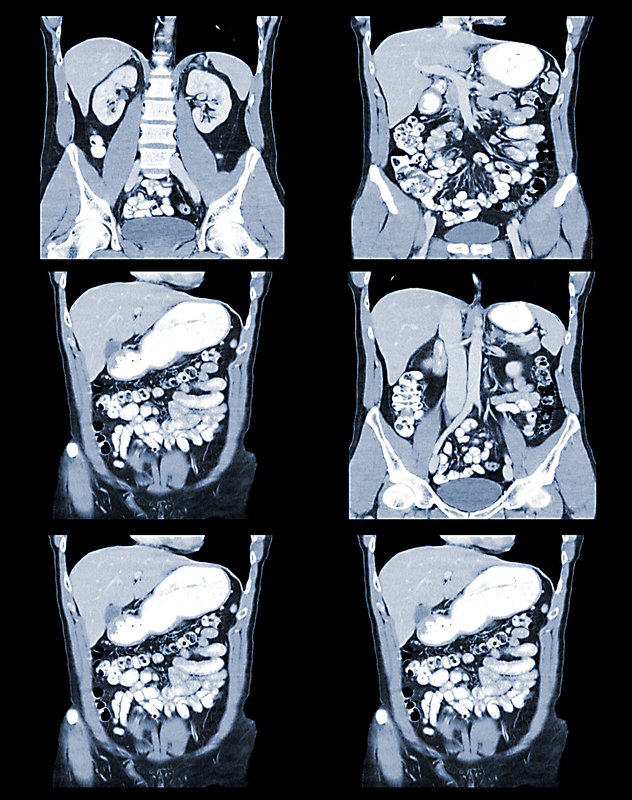Revolutionizing Mesothelioma Diagnosis: Breakthrough Blood Test Method
A study conducted by researchers from China is the first to use a new method to analyze blood samples of people with mesothelioma. The method is called gas chromatography-mass spectrometry (GC-MS). The researchers were hoping that this method would help them find mesothelioma biomarkers in blood samples. A Promising Step Forward Mesothelioma is a type of cancer that develops from the thin layer of tissue that covers many of the body’s internal organs. Pleural mesothelioma grows in the lungs. Peritoneal mesothelioma grows in the abdomen. This cancer is caused by exposure to a toxic material called asbestos. Mesothelioma is usually diagnosed after a person goes to a doctor because they are experiencing symptoms. These symptoms depend on the type of…









